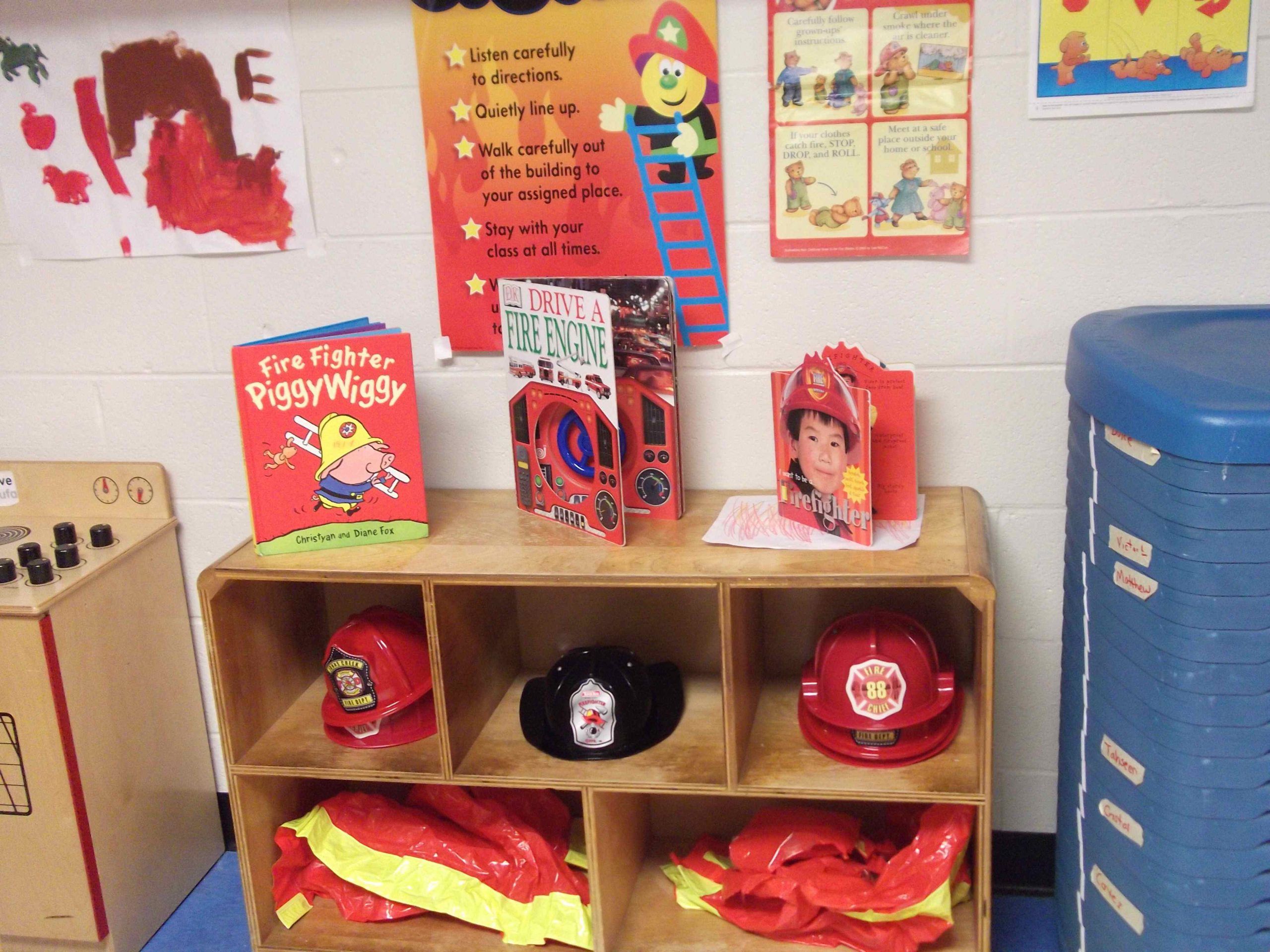
How to Explain Fire to Preschoolers
Explaining fire to preschoolers can be a challenging task, as it is a complex phenomenon that involves both scientific and cultural aspects. But it’s also a crucial component of their education since it can keep kids safe and foster a sense of responsibility for their surroundings if they grasp the nature and the threats of fire. In this article, we will explore some easy and feasible ways to explain fire to preschoolers, using age-appropriate language, examples, and visuals.
Understanding Fire Basics
One of nature’s most intriguing and potent elements is fire. It can offer energy, warmth, and light, but if not used appropriately, it can also be harmful. Preschoolers should, therefore, be taught with emergency scenarios about fire and how to respect it.
Tips for Explaining Fire to Preschoolers
1. Start with the fundamentals: Establish fundamental ideas that young preschoolers can understand before delving into the science of fire. Describe fire as something that can burn materials like wood, paper, or cloth and explain that it requires heat and air to continue burning. Use items like candles, matches, or a campfire as examples.
2. Use simple language: Use simple and concrete language that preschoolers can understand. Avoid technical terms or abstract concepts. Instead, use adjectives like “bright,” “hot,” “crackling,” and “smoky” to describe fire.
3. Use visual aids: Preschoolers are visual learners, so use visual aids to help them understand fire better. Show them images or movies of fire or use tools like candles, flashlights, or magnifying glasses as props. Take them on a field trip to a fire station or a nature preserve to demonstrate how fire works.
4. Explain the risks: Inform preschoolers about the dangers of fire, including burns, smoke inhalation, and property damage. Instruct them on fundamental safety precautions, such as not playing with matches or lighters and avoiding touching hot surfaces.
5. Encourage curiosity: Foster preschoolers’ natural curiosity about fire by providing answers to their questions and exploring the topic together. Read books or watch instructional films about fire.
6. Emphasize responsibility: Teach preschoolers that fire is a powerful tool that requires responsibility and respect. Demonstrate safe fire usage and model good behavior. Encourage them to take care of the environment and avoid starting fires in inappropriate places.
Common Questions Preschoolers Have About Fire
Preschoolers are naturally curious and often have many questions about fire. Here are some common questions they might ask, along with possible answers:
1. What is fire? Fire is a chemical reaction that occurs when oxygen, heat, and fuel come together. It produces heat, light, and smoke.
2. Why does fire burn? Fire burns because it releases energy in the form of heat and light through a chemical reaction between fuel and oxygen.
3. Why do candles make different colors? Candles can make different colors due to the chemicals used to make them. For example, a red candle might contain strontium, while a green candle might contain copper.
4. Can fire burn underwater? No, fire needs oxygen to burn, which is not present underwater. However, some materials can produce a flame-like effect underwater, such as a magnesium ribbon.
5. Can fire start by itself? No, fire needs a source of heat or a spark to start; it cannot start by itself.
Fun and Educational Activities About Fire for Preschoolers
Learning about fire can be both fun and educational for preschoolers. Here are some activities to help them understand the nature and importance of fire:
1. Fire safety scavenger hunt: Create a scavenger hunt for fire safety items like smoke detectors or fire extinguishers.
2. Fire science experiment: Conduct a simple experiment demonstrating how fire needs oxygen to burn.
3. Firefighter dress-up: Let preschoolers dress up as firefighters and practice basic firefighting skills.
4. Fire-themed arts and crafts: Make fire-themed arts and crafts, like a paper campfire or a collage of flames.
5. Fire safety story time: Read a storybook about fire safety to teach preschoolers what to do in case of a fire.
Common Misconceptions About Fire That Preschoolers Might Have
Preschoolers often have misconceptions about fire due to movies or cartoons. Here are some common misconceptions and ways to correct them:
1. Fire is a toy: Explain that fire is not a toy and can be dangerous.
2. Fire is alive: Clarify that fire is not alive but requires oxygen, heat, and fuel to exist.
3. Fire is always bad: Teach that while fire can be dangerous, it’s also useful in some situations.
4. Water can’t put out all fires: Explain that water can extinguish many fires, but not all of them.


